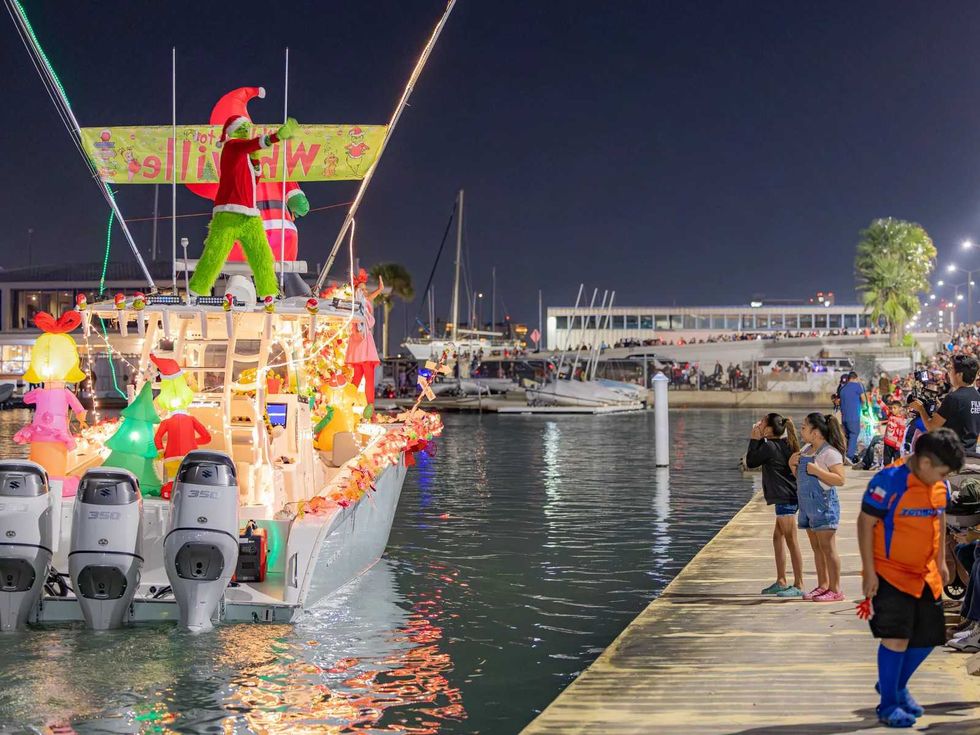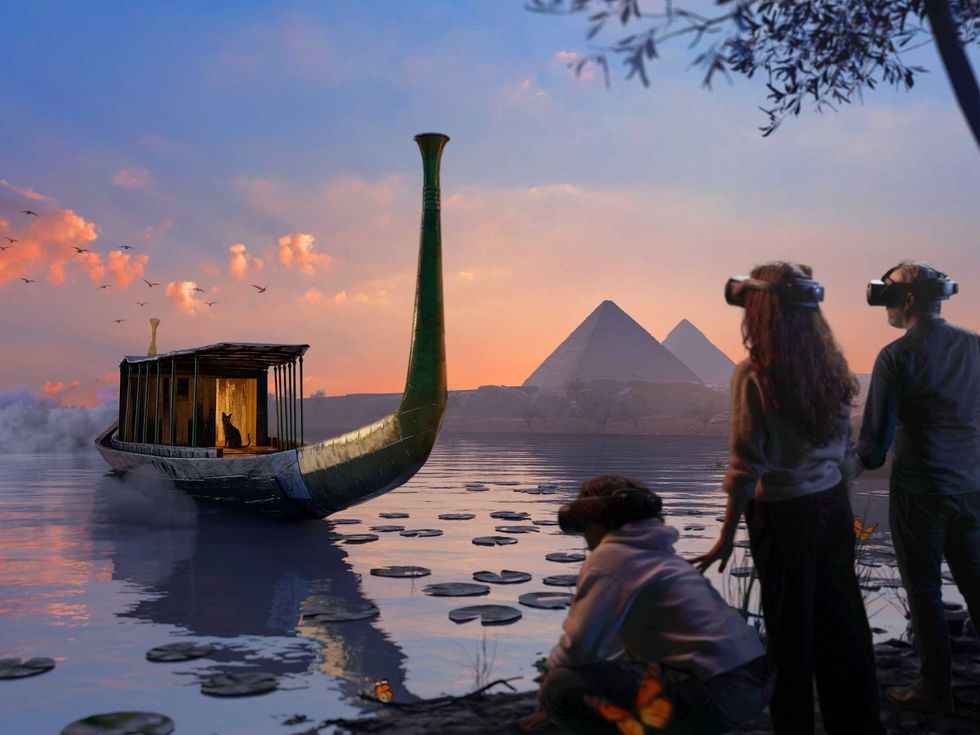New Galveston Museum
New museum brings Texas history to life with jaw-dropping collection
Jun 14, 2015 | 1:00 pm
The Galveston landscape has changed over the years, and so have the houses. History, hurricanes and, in some cases, new owners have seen to that.
One home in particular though, has survived 'em all. For 121 years. Today, thankfully, it rests in rightful hands.
The original structure, completed in 1895, once served as the Island City Protestant-Israelite Orphans Home. After the 1900 storm, Thomas Edison filmed a panorama of the home. Although severely damaged then, incredibly, it still stood.
Now, the house at 1315 21st St. sits like a giant golden egg, cradled in oaks, palms, and fresh blooming agapanthus. It’s been restored, renovated and all rubbed clean, with a state-of-the-art geothermal air-conditioning and heating system to boot. On June 19, its doors open with a new name and mission, thanks to the passionate historian, J.P. Bryan.
There are museums and then there are those gems that give you goose bumps. Touring the Bryan Museum, I got riggers. One after another. You might too when you see the 10,000 year-old-mortar (corn grinder), a rare war shield (late 1700s) made by the Pueblo Indians, or one of the books in the Research Library. The oldest is a memoir of Cabeza de Vaca, dated 1551.
Labor of love
The Bryan Collection is the result of a life long labor of love. It holds more than 70,000 pieces of Southwestern history. To call it outstanding is like saying a Rembrandt is “pretty.” Words don’t do this collection justice — but jaw-dropping comes close. At the Bryan Museum, history feels alive and well. It’s personal.
The artifacts alone will make your heart thump, but coupled with how they’re displayed turns this tour into an experience from fascinating to intimate. You’re looking at an 1882 Colt shotgun, for example, and behind it, as a backdrop, there’s a map, even older. If you step back to take in the whole room, you realize that from the long-leaf pine floors to the ceiling, you’re surrounded by authenticity. Gifts galore.
Each room represents an era, starting with Pre-Columbian to the 19th century settlement. Next to the display cases, an interactive iPad provides more details.
From room to room you go, like turning the pages of a great book. By the end of your read, you know the complete story of the settlement of the West and a lot more. You feel close to those who lived near these relics.
The saddles are stunning. Studying one closer up, I got a faint whiff of horse. Sweet.
If you can pry yourself away and go upstairs, you come to the Texas Masters Gallery. The Jeu de Paume of Texas, I thought. That is, small and exquisite. Here, you take in the works of Tom Lea, Elisabet Ney, Robert Jenkins Onderdonk, Jose Arpa Y Perea and Frank Reaugh, to mention a few. I understand now why Bryan calls them the masters of depicting Texas. I saw a series of sketches by Frank Reaugh and fell in love with calves all over again.
Treasures of another kind
On the ground floor, also a part of the tour, you find treasures of another kind. Originally, this area was as an indoor playground for the children. Then, it included a swimming pool. “These rooms,” said museum director Jamie Christy, “are all dedicated to the Galveston Orphans Home and the children who occupied it.”
So far, she’s interviewed 30 former residents of the orphanage. This though, like the dedicated director herself, deserves a story all its own.
I haven’t even talked about the Sirena Café. Sirena means mermaid in Spanish. It’s not included in the tour, but believe me, it’s jaw dropping too.
No surprise the Bryan Museum has already won an award from the City of Galveston for outstanding restoration, renovation and use of building. There’s one better, though, and it came right from within the house. While sitting in the main office, I heard one of the workers in the Introduction Room just across the hall. He was working on an exhibit case, and sometimes he sang a song. Not loud. Content-like. Following one song, there came a long silence and then this.
“What an honor,” he said, like a prayer, “we’re working in one of the world’s finest museums.”
Later, I entered the room and introduced myself. JD climbed off his ladder and talked about the “warmth and ambiance” of the place. He said that in his 33 years of doing carpentry, he’d never enjoyed working a job more. “I feel privileged to work here,” he said, “it’s just a one of a kind thing.” I understood.
Before leaving, I pulled business cards from a tray. Under each person’s name, read their title in small print. Bryan’s said it all, describing this quiet, Captain Call of a man in two words: "From Texas."
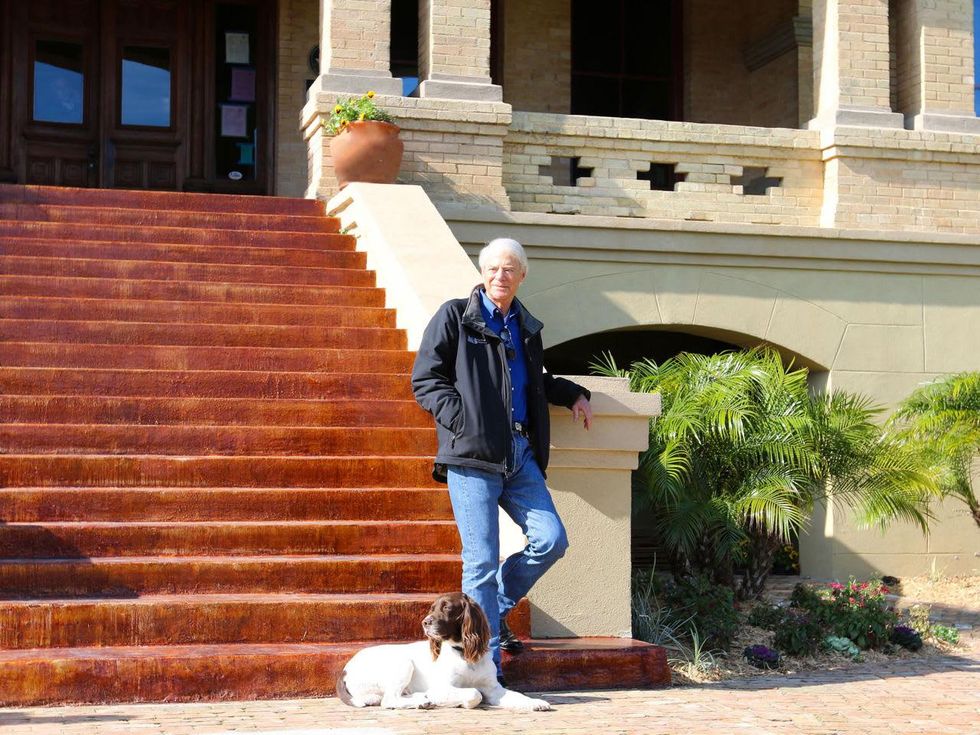

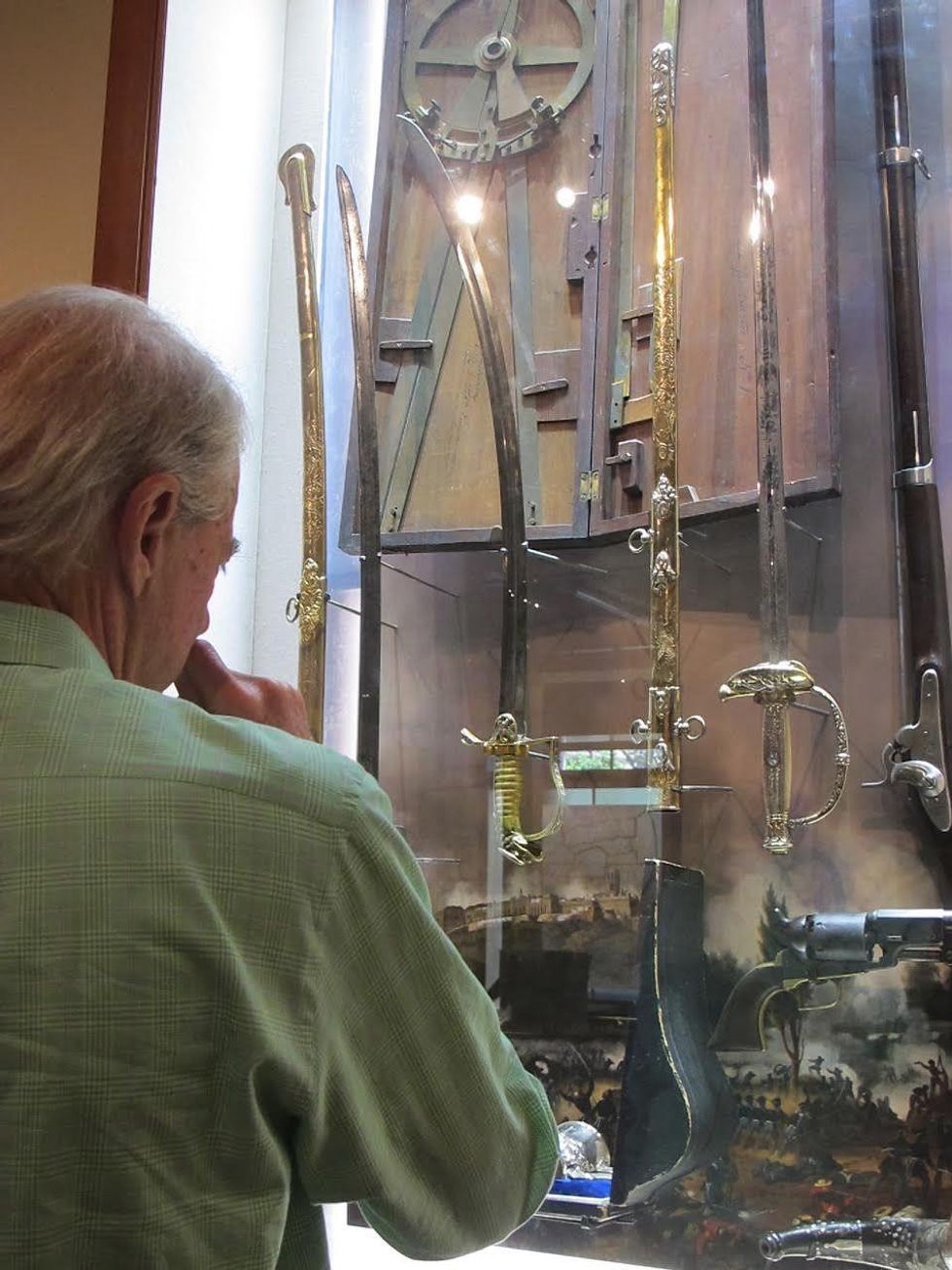
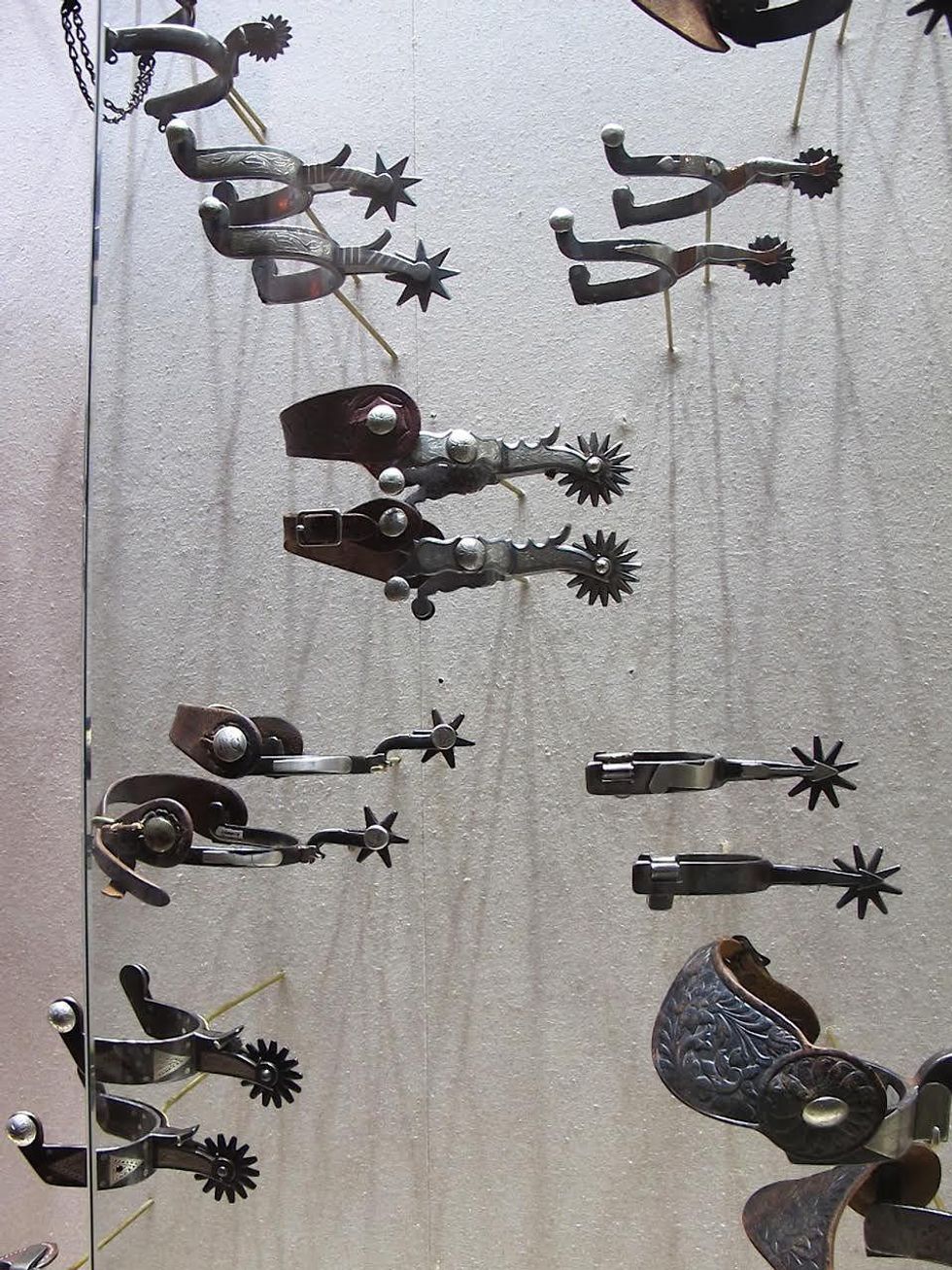
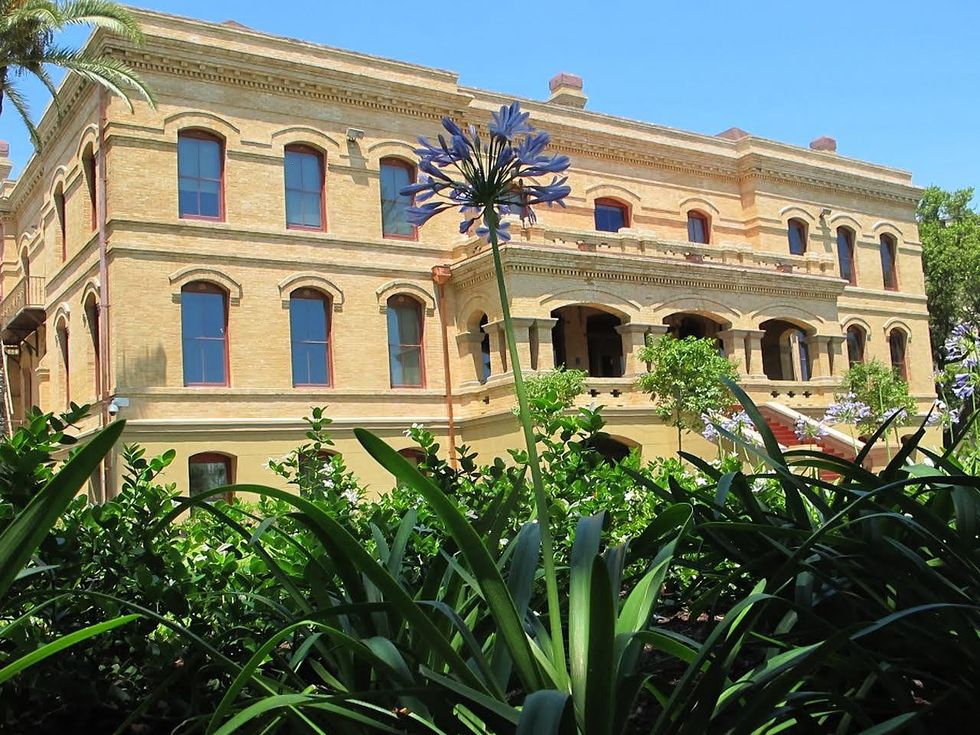

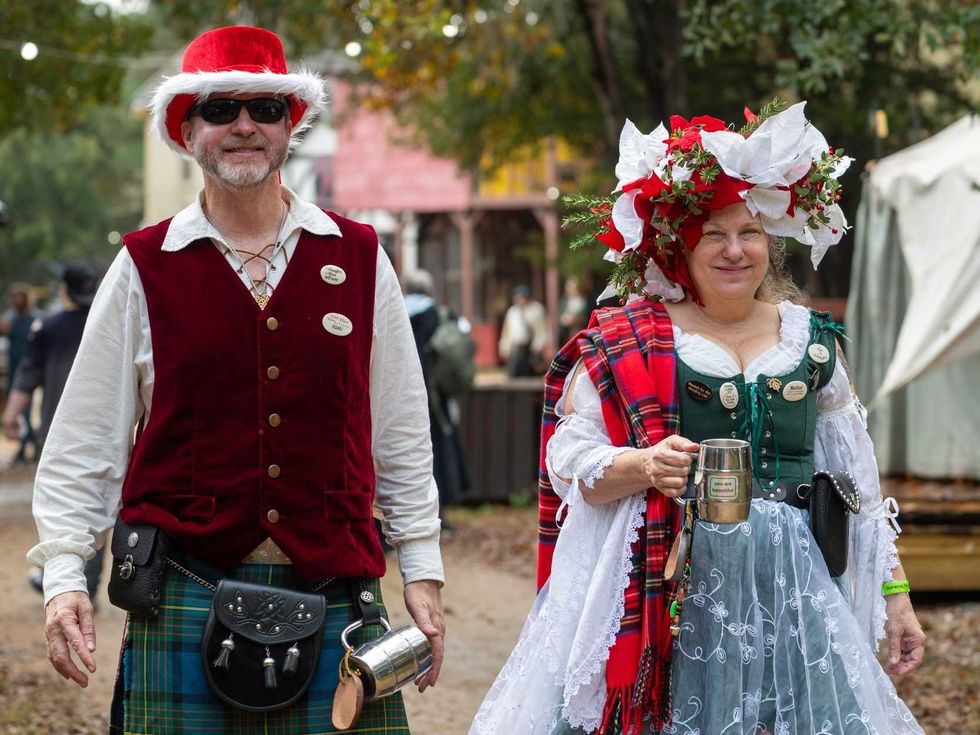 Participants at last year's inaugural Yuletide Festival. Photo courtesy of Sherwood Forest Faire
Participants at last year's inaugural Yuletide Festival. Photo courtesy of Sherwood Forest Faire 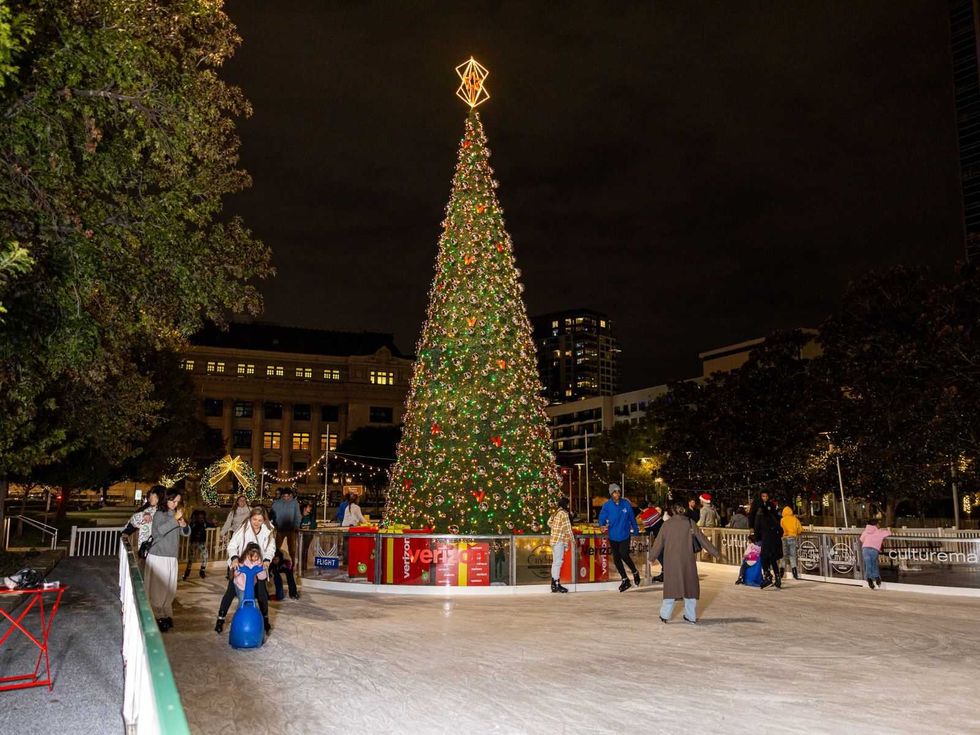 The CultureMap City Rink will be open through January 5, 2026. Photo by Ashley Gongora
The CultureMap City Rink will be open through January 5, 2026. Photo by Ashley Gongora 
